Cattle Embryo Transfer
Embryo Transfer in Cattle
Prof. Amir Niasari-Naslaji and Dr Darab Nikjou
NiaNik Animal Technologies
Rawson (1951), from University of Cambridge, was the first scientist who performed embryo transfer in cattle successfully. However, such technique was not commercially available till late 70s. Artificial insemination in cattle was well a head of embryo transfer, going back to early 1900, performed by Ivanov from Russia. Artificial insemination and embryo transfer techniques are reproductive technologies used to exploit genetic potential of elite male and female in dairy herds, respectively. More than one million embryo transfers performed globally on a yearly basis. However, the quota for Iran in this reproductive technique is still well bellow the range. There are two common approaches for embryo production in cattle. One is based on in vivo production of embryo and the other one is relied on in vitro (laboratory) technique. During in vivo production of embryos, the donor is selected among elite and eligible cows. Then donor cow receives stimulating hormones in order to support more follicles to grow and have multiple ovulation (superovulation). Following artificial insemination, the fertilization and early embryonic development occur within the reproductive tract of donor cow. Several days after ovulation, the uterus is flushed with suitable media and the embryos are recovered and transferred individually to suitable recipients after proper washing and grading. The in vivo technique which is well-known as MOET (Multiple Ovulation and Embryo Transfer) program is a non-invasive technique and could be repeated every 2 months. Alternatively, the donor cow can become pregnant without any particular problem. During in vitro embryo production, the ovaries of donor cow is being visualized by ultrasound scanner. Simultaneously, special needle in guided through vagina toward ovarian follicles, where the oocytes are aspirated. This technique is well-known as Ultrasound Guided Transvaginal Ovum Pick-up (OPU). The recovered oocyte will be matured and fertilized in the lab and the presumptive zygote will be cultured in vitro with synthetic media. OPU could be repeated every week; however, it is an invasive technique that could endanger the fertility fate of the donor due to adhesions induced by repeated perforation and bleeding of the follicular wall. In USA and European countries that mainly work with Holstein dairy cows with relatively low ovarian reserve and the fact that it is important for the owners to have donor cow becomes pregnant after termination of the program, MOET program is a method of choice. In contrast, in countries like Brazil that deal with the great number of Bos indicus (Nelore) cows with great ovarian reserve, in vitro production of embryos is a method of choice. Therefore, for any country, the advantages and disadvantages of embryo production system need to be considered prior to the selection of proper program.
More recently, we performed MOET program in World Pure Heifer dairy farms belong to one of the best dairy farmers in Iran, Mr Shahriyar Saffari, between Feb and April 2021. From 30 elite and eligible Holstein dairy cows enrolled as donor cows, we have collected 279 ova/embryos. Out of 160 transferable embryos transferred individually to cross-bred heifers, we achieved 109 pregnancies (68.1% pregnancy rates; Table 1). The average number of total ova/embryos, transferable embryos and number of pregnancies per flush were 9.6±1.22, 5.5±0.74 and 3.8±0.53, respectively (Table 1). All donors became pregnant following termination of program.

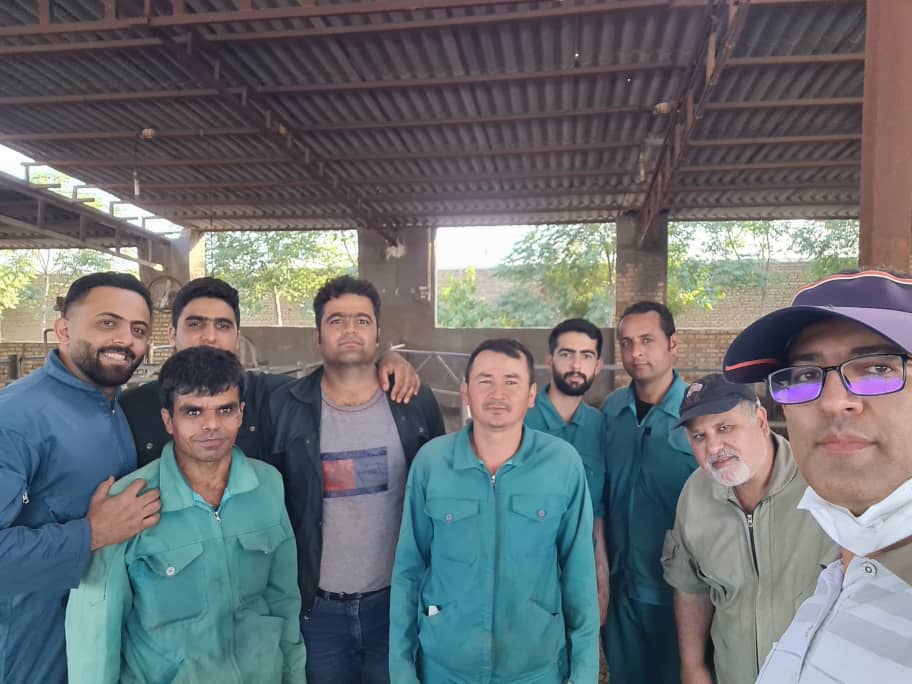
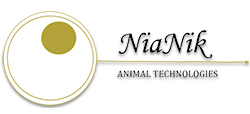
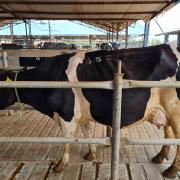
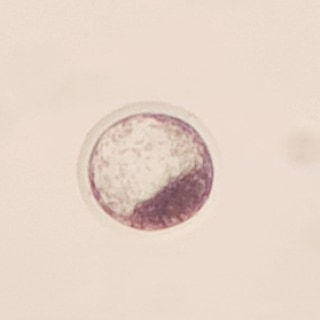
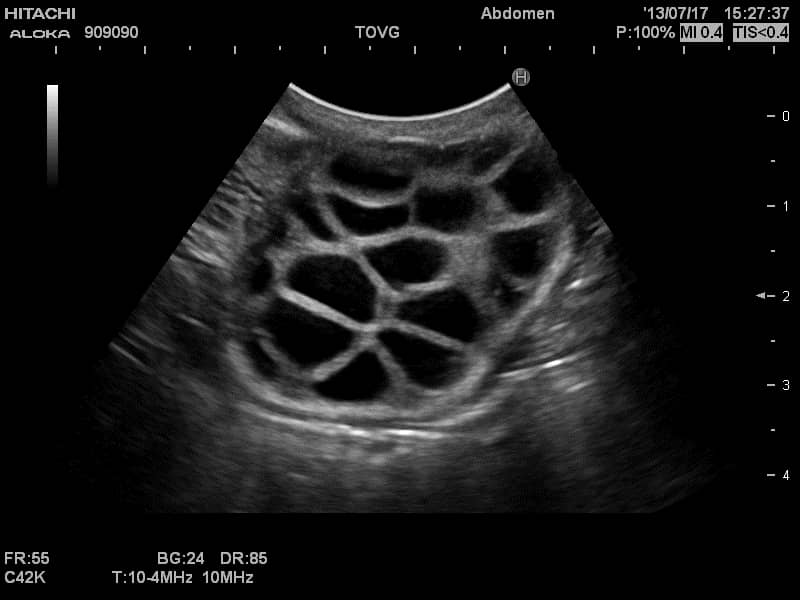
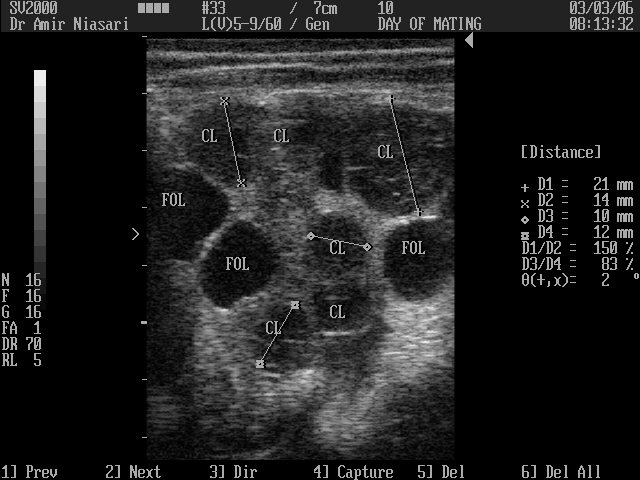
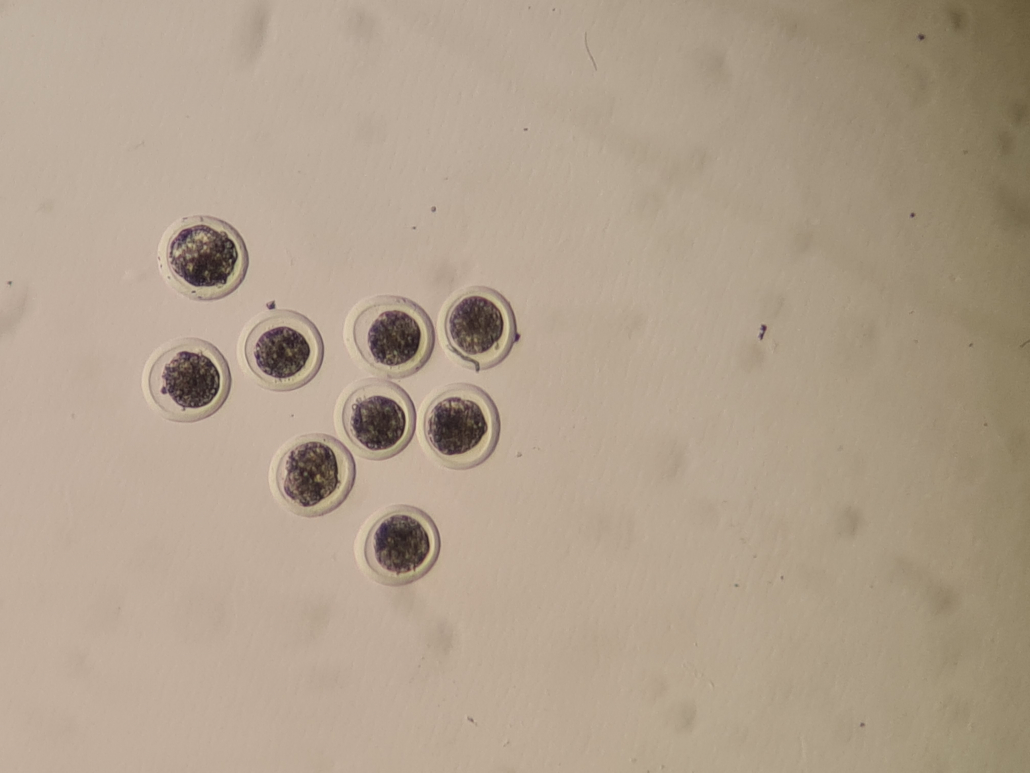


Leave a Reply
Want to join the discussion?Feel free to contribute!